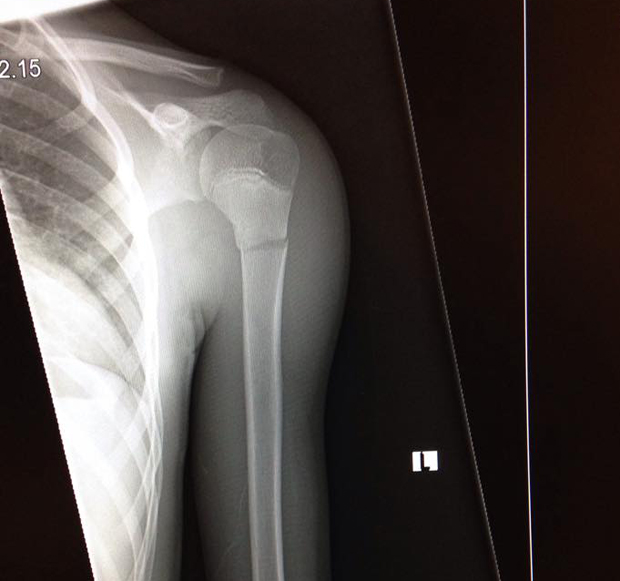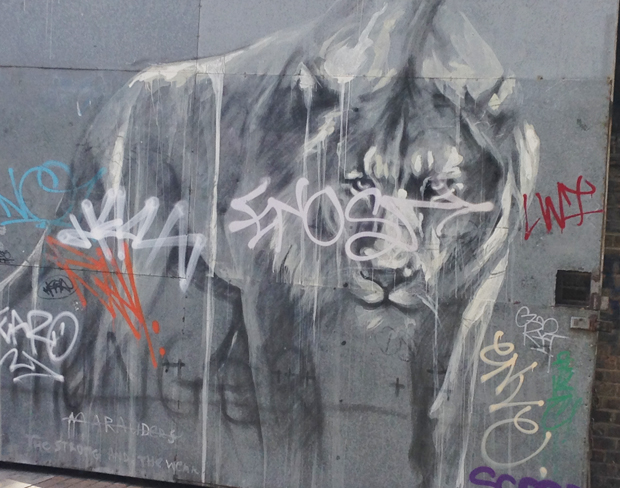It is perhaps timely that today’s post concerns Shakespeare’s great play, “Hamlet.” It is, after all, a ghost story. The British mythic storyteller Martin Shaw says the stories we most need now are here; they arrived right on schedule, three thousand years ago. “Hamlet” debuted in 1600, a mere 415 years ago, but Shakespeare drew from the much older medieval story of Amleth, which itself may have derived from an Old Icelandic poem.
While I’m fascinated by the impressively diverse sources of Shakespeare’s plays, I’m even more interested in how they are presented to modern audiences. I recently saw a production of my favorite play, “Hamlet,” that revealed far more of the director’s wish to be “relevant” to a modern audience than of the timeless themes and lessons inherent in the play itself. Her loyalty to our current cultural fascinations eclipsed the mythic struggle of the Prince of Denmark to live up to the pledge his father’s ghost forced from him. Continue reading



